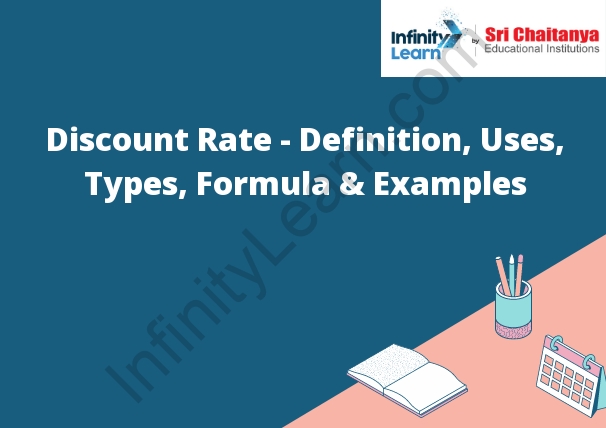Table of Contents
Explain in Detail :Use of Discount Rate
The discount rate is used to calculate the present value of future cash flows. The present value is the amount of money that would be received today if the cash flows were received at the end of the period. The discount rate is used to calculate the present value because it takes into account the time value of money. The higher the discount rate, the lower the present value.

Types of Discount Rates
There are three types of discount rates:
1. The required rate of return, or the minimum acceptable rate of return that a company requires on its investments. This is also known as the “hurdle rate.”
2. The market rate of return, or the rate of return that can be earned on investments in the financial markets.
3. The company’s own cost of capital, which is the rate of return that the company would earn if it used its own funds to finance its investments.
How to Calculate Discount Rate
The discount rate is the rate of return used to calculate the present value of a future cash flow. The present value is the current value of a future cash flow discounted at the discount rate.
The discount rate is calculated by dividing the expected rate of return by the expected inflation rate.
The expected rate of return is the rate of return that investors expect to earn on an investment.
The expected inflation rate is the rate of inflation that investors expect to experience over the life of the investment.






